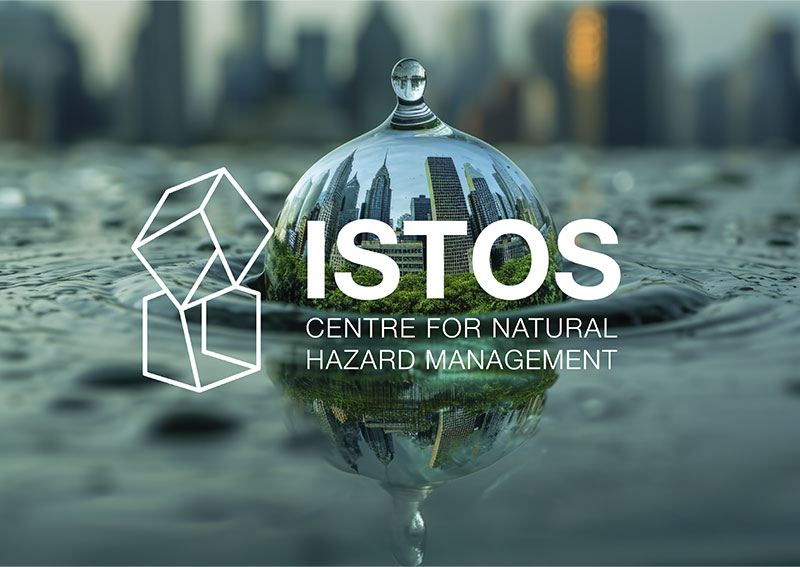ISTOS CENTER

Committed to addressing the challenges posed by natural hazards, which threaten lives, disrupt communities, and cause damage to infrastructure and the environment. With a focus on fostering scientific excellence and innovation, ISTOS strives to advance research in structural safety, disaster risk reduction, and post-disaster management. With a multidisciplinary approach, ISTOS integrates vertical priorities in structural integrity, risk mitigation, and recovery, intersected with horizontal pillars such as research, training, knowledge exchange, and impactful dissemination. Our mission is to create resilient, sustainable solutions that safeguard communities and infrastructure, contributing to a safer, more prepared future for all.
EXPLORE ISTOS
ISTOS Research
The ISTOS Center advances innovation in structural safety and resilience, responding to the increasing challenges posed by natural hazards. Through scientific research, interdisciplinary collaboration, and real-world applications, ISTOS contributes to the development of safer, more resilient communities. Our work spans disaster risk reduction and capacity-building initiatives. Explore our research projects, partnerships, and public engagement activities driving impact at local, national, and international levels.
ISTOS Education & Outreach
Through seminars, workshops, media contributions, and public engagement, ISTOS fosters a culture of disaster preparedness grounded in research and community involvement. Our efforts include webinars, newsletters, infographics, targeted social media campaigns, and community events. These initiatives raise awareness, share evidence-based knowledge, and build capacity among professionals, students, decision-makers, and the wider public to better prepare for future risks.
NEWS & EVENTS

ISTOS Conference

Newsletter #6



